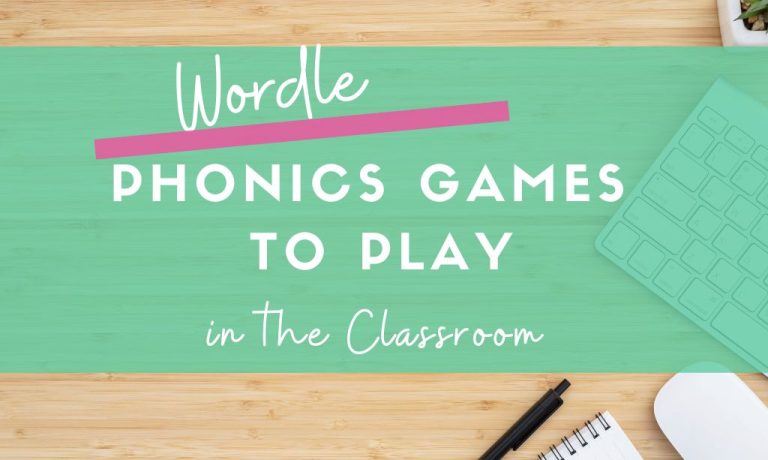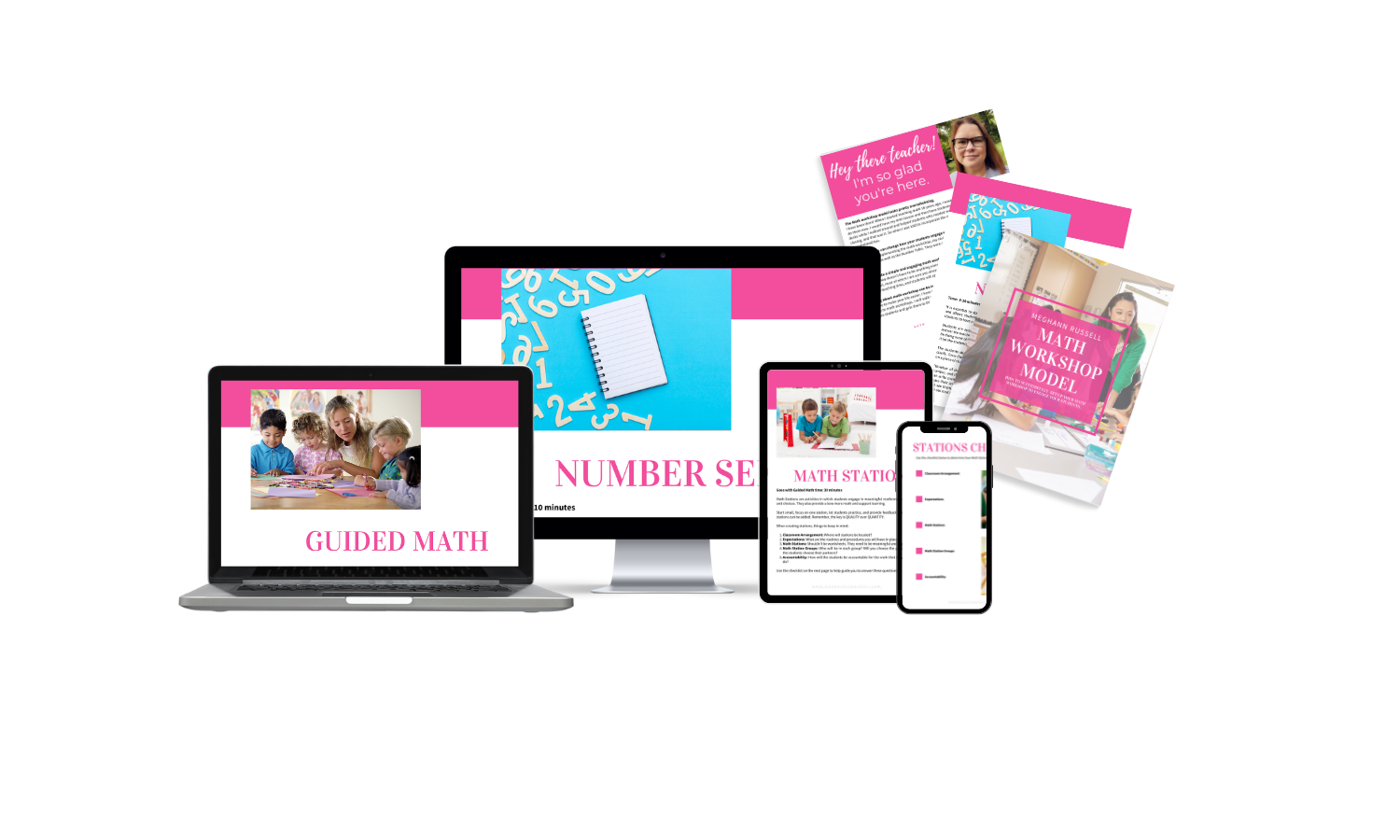I don’t know about you, but I am addicted to Wordle. It is part of my night routine. I play Wordle and the Mini Crossword from the New York Times every night. I am honestly getting much better at guessing words lately because I have been teaching Phonics First with my class! Phonics First is a systematic program by Orton-Gillingham that systematically teaches phonics and explains spelling rules. Since I started using this in my classroom, my Wordle score has increased. I now get the word in 3 guesses. (My start word, by the way, is SHAPE because it has a digraph, and a and e).
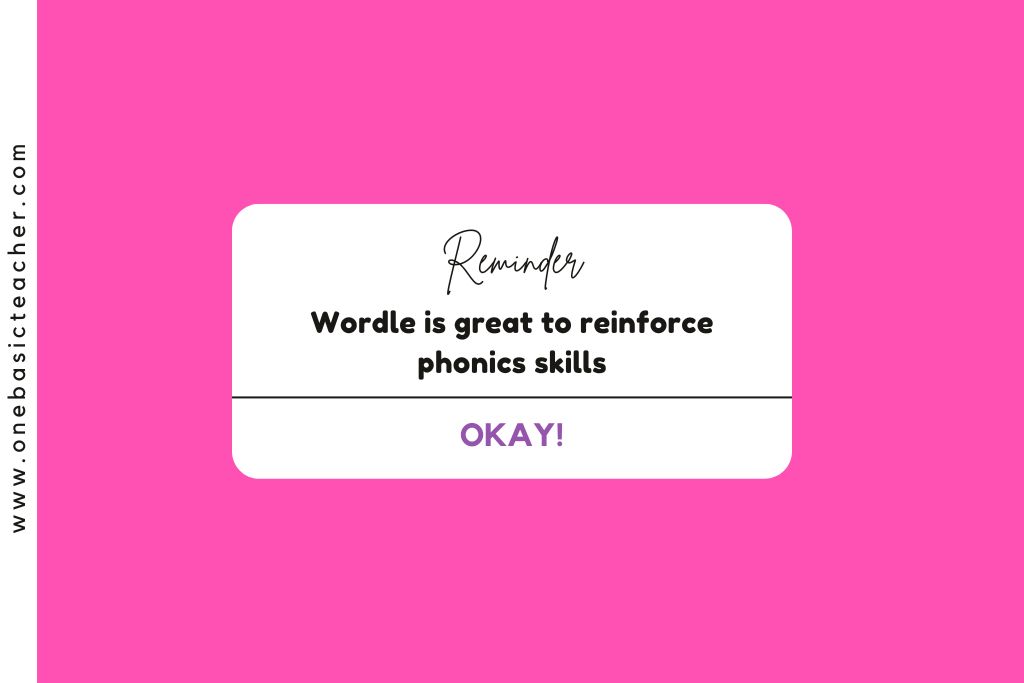
So I wanted to use Wordle with my first graders, but I knew that the actual Wordle game might be challenging for them, so I looked for a different way to use Wordle and found it.
In this post, I will share how I use Wordle in my classroom to engage my students in phonics lessons.
What is Wordle?
Wordle is a daily game where people try to guess the five-letter word of the day. You type in a comment and then hit enter. That’s where the clues start. If a box turns green, the letter is in the right spot. If it is yellow, the letter is in the word but in the wrong place. If the box is grey, the letter isn’t in the word. You have six guesses to get the word; if you don’t get it in six, you lose your winning streak, and they will share the word with you.
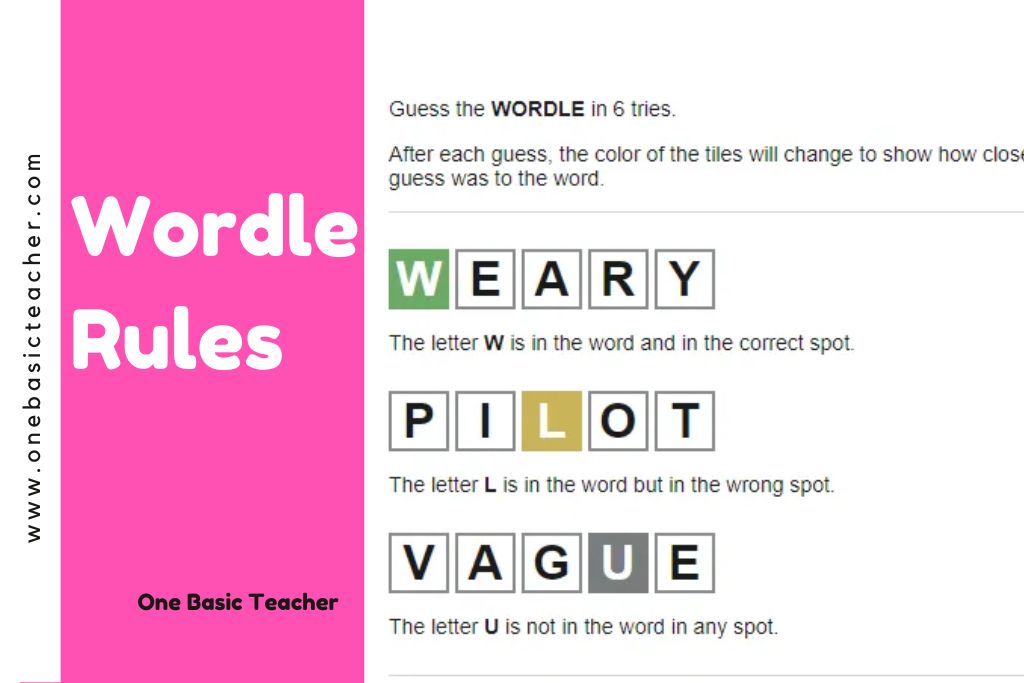
Where Can I Play Wordle With My Class?
While Wordle can be fun to play with older grades, younger grades may have a hard time guessing these words, so I found a great website to use with Wordle where you can put in your own words for your students to use. You can click here for the strivemath website.
How Can I Use Wordle With Phonics?
I usually teach phonics toward the end of the day, so Wordle is a perfect game to play right after phonics.
After I teach a pattern or sound, I make sure that the lesson I just taught is in the word. For example, I taught CVC words at the beginning of the year. I made sure that the word I used for Wordle was a short vowel word.
I would start by typing the word into the box (ex: cat), then click “generate link,” and then show the boxes to my students. They would see that the word has three letters, so they would start guessing a word. Once they thought of a word, I would type it in, and then we would see the boxes change. From here, we would work through clues and figure out the word together.
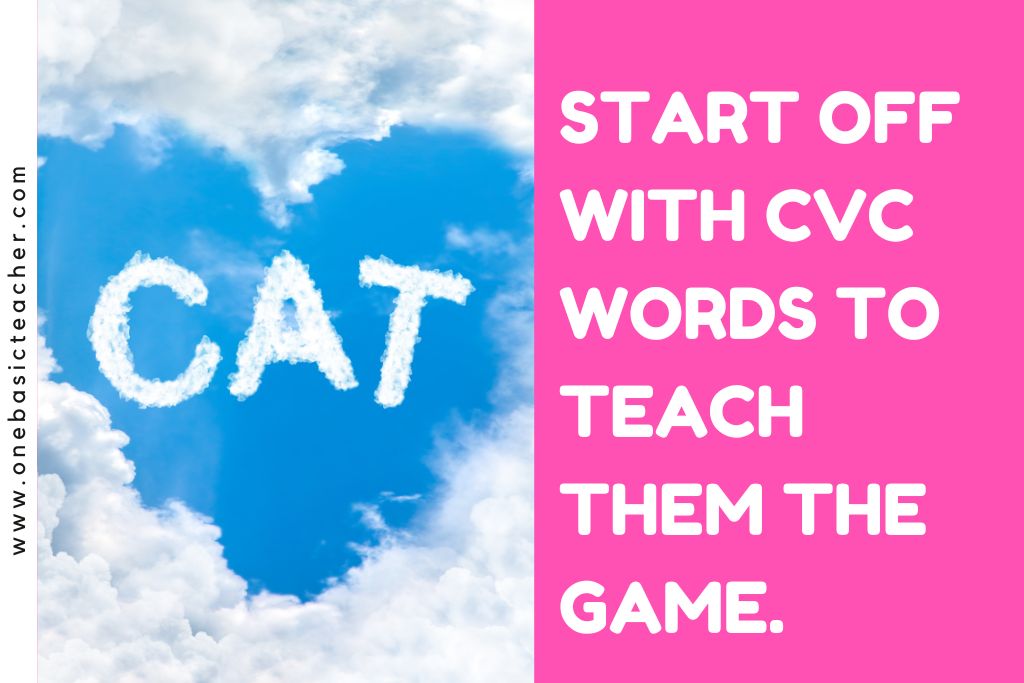
How Wordle Helps with Phonics
Now, I usually use a pattern or a sound I have just taught or a sound we have learned in the past. This is a great way to reinforce the phonics skills we retained or have been learning. Students start looking at the clues and start using the language that we have been teaching them. For example, when I was teaching digraphs, they saw that the letter “h” was in the second spot. They started strategizing with other kids that it had to be a digraph, and then they started guessing words with a digraph, and they got the word quickly.
By using phonics patterns that they know, they are using the language that I have taught them. They also start seeing the patterns and making connections in books that we are reading.

Wordle as a Fun Phonics Warm-up
Wordle can be used as a warm-up for a phonics lesson; you can also use it as a closing to your lesson. Wordle is great for reinforcing the phonics skills you teach in class. You simply go to this Strivemath website, put in your word, and let the class play. Students will enjoy playing this game and using strategies they learned in phonics class. Try this out in class, and let me know in the comments below how it works!
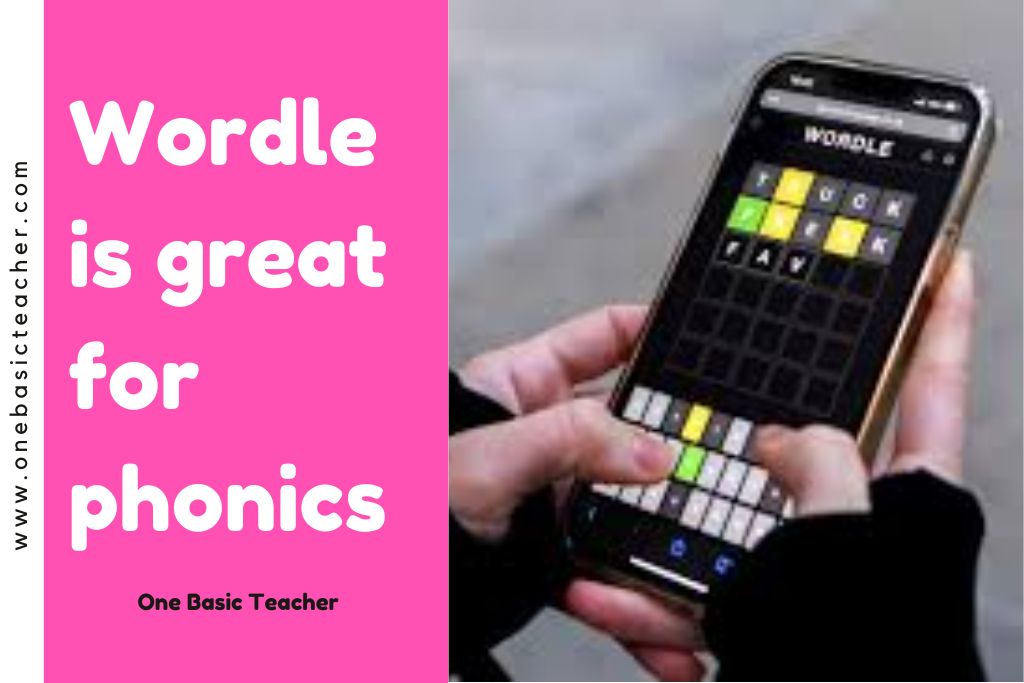

Related Links

